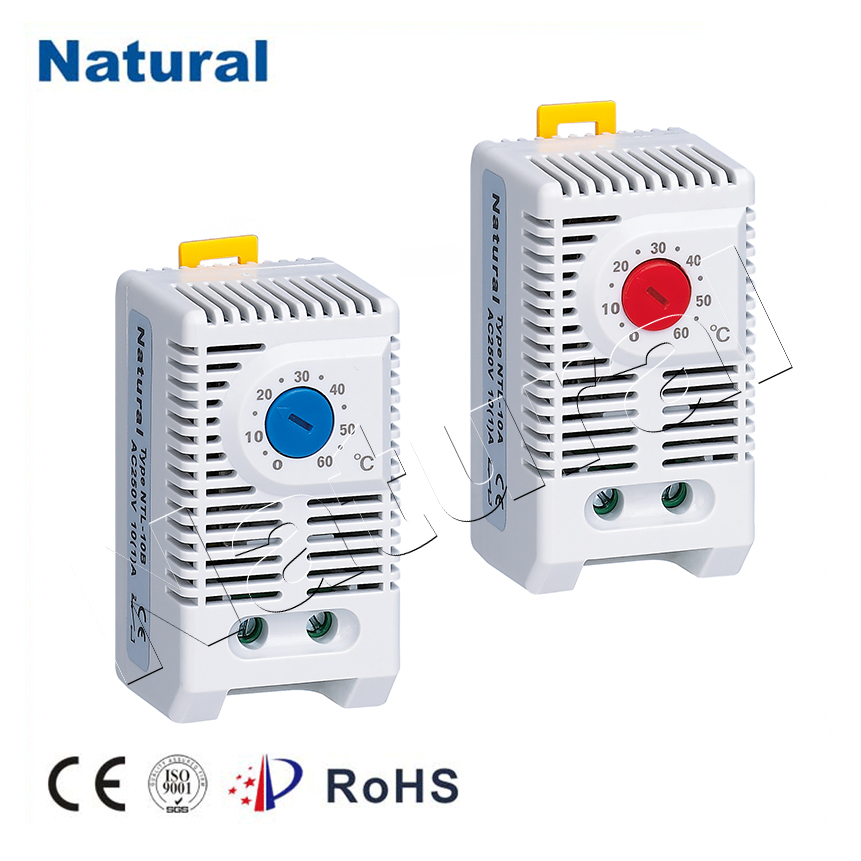Thermostats play a pivotal role in regulating the temperature of our homes, ensuring comfort, and promoting energy efficiency. With advancements in technology and a wide range of options available, choosing the right thermostat for your needs can be a daunting task. One of the critical factors to consider when selecting a thermostat is its price. In this article, we will delve into the factors that influence thermostat prices and provide guidance on making a cost-effective choice.

1. Type of Thermostat:The first factor that significantly affects the price of a thermostat is its type. There are several types of thermostats available on the market, each catering to different preferences and requirements. The three most common types are: a. Manual Thermostats:These are the most basic and affordable options. They allow you to set a constant temperature manually. Manual thermostats are cost-effective but lack the advanced features found in other types. b. Programmable Thermostats:These thermostats offer greater control over your heating and cooling systems. You can set specific temperature schedules for different times of the day, optimizing energy usage. Programmable thermostats are mid-range in terms of price, offering a good balance between features and cost. c. Smart Thermostats:Smart thermostats are the most advanced and come with a higher price tag. They can be controlled remotely via a smartphone app and often include features like learning your preferences, adjusting temperature based on occupancy, and providing energy usage insights. While they may initially seem expensive, smart thermostats can lead to long-term cost savings through energy efficiency. 2. Brand and Manufacturer:The reputation and brand of the thermostat manufacturer also impact its price. Established brands with a history of reliability and quality tend to charge more for their products. While opting for a reputable brand may mean a higher upfront cost, it can provide peace of mind in terms of durability and performance. 3. Features and Technology:Thermostat prices can vary greatly based on the features and technology they offer. Some of the features that can drive up the cost of a thermostat include: a. Wi-Fi Connectivity:Thermostats with Wi-Fi connectivity allow remote control and integration with smart home systems. This feature often comes with a higher price. b. Voice Control:Thermostats compatible with voice assistants like Amazon Alexa or Google Assistant tend to be more expensive. c. Learning Capabilities:Thermostats that can learn your temperature preferences and adjust settings automatically may cost more due to their advanced algorithms. 4. Installation and Compatibility:Consider the installation process and compatibility with your existing heating and cooling systems. If your chosen thermostat requires professional installation or complex wiring adjustments, you may need to budget for installation costs in addition to the thermostat’s price. 5. Warranty and Support:The length and quality of the warranty provided by the manufacturer can impact the price of a thermostat. A longer warranty period may justify a higher initial cost, as it can save you money on potential repairs or replacements in the future. 6. Energy Efficiency:While not directly related to the upfront price, it’s essential to consider the long-term energy savings potential of your thermostat. A more expensive, energy-efficient thermostat can pay for itself over time by reducing your heating and cooling bills. In conclusion, when it comes to thermostat prices, there is a wide range of options to choose from, each with its own set of features and considerations. It’s essential to assess your specific needs, budget, and long-term goals to determine which thermostat is the best value for you. While it may be tempting to opt for the cheapest option, investing in a thermostat that suits your lifestyle and provides energy savings can lead to greater comfort and cost-effectiveness in the long run.